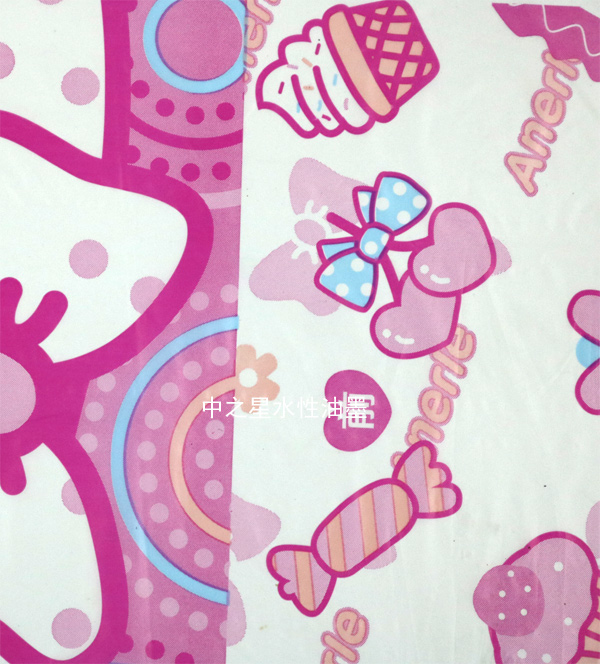The difference between flexographic printing and offset printing
Date: Sep 07 2023 From: Star Color Views:
Flexographic printing and offset printing are both widely used methods for producing high-quality printed materials, but they differ in terms of their processes, applications, and characteristics. Here's a breakdown of the main differences between the two:
1.Printing Process:
Flexographic Printing: Flexography is a relief printing process. The image or design to be printed is raised on a flexible printing plate, usually made of rubber or photopolymer material. Ink is transferred from the raised areas of the plate directly onto the substrate (usually paper, plastic, or other flexible materials).
Offset Printing: Offset printing, also known as lithography, is an indirect printing process. The image is transferred from a printing plate (usually metal) to a rubber blanket and then onto the substrate. The ink is not directly applied to the substrate but is offset onto the rubber blanket first.
2.Printing Plates:
Flexographic Printing: Flexography uses flexible plates, typically made from rubber or photopolymer. These plates are relatively easy and cost-effective to produce, making them suitable for high-volume printing.
Offset Printing: Offset printing uses metal plates, typically aluminum plates. These plates are more durable and capable of producing finer details, which makes offset printing suitable for high-resolution printing.
3.Substrate Types:
Flexographic Printing: Flexography is commonly used for printing on a wide range of flexible substrates, such as paper, plastic films, labels, corrugated cardboard, and packaging materials.
Offset Printing: Offset printing is versatile as well, capable of printing on various substrates including paper, cardboard, and even certain types of plastics. However, it may not be as suitable for very flexible materials as flexography.
4.Print Quality:
Flexographic Printing: While flexography has improved over the years, it may not always achieve the same level of fine detail and color accuracy as offset printing. However, advancements in technology have bridged this gap to some extent.
Offset Printing: Offset printing is known for its high print quality, capable of reproducing fine details, intricate designs, and a wide range of colors accurately.
5.Setup and Cost:
Flexographic Printing: Flexographic printing is often preferred for large print runs due to its efficient setup process once the printing plates are made. It can be cost-effective for high-volume production.
Offset Printing: Offset printing has a more complex setup process, including plate creation and alignment. It might be more suitable for medium to large print runs.
6.Applications:
Flexographic Printing: Flexography is commonly used for packaging materials, labels, newspapers, magazines, and other materials where high-speed production and cost-effectiveness are important.
Offset Printing: Offset printing is used for a wide range of materials, including books, brochures, magazines, stationery, and high-quality marketing materials that require exceptional print quality.

In summary, while both flexographic printing and offset printing have their own strengths and applications, offset printing is often favored for projects requiring high-quality detail and color accuracy, while flexography is more suitable for high-volume production on flexible substrates. The choice between the two depends on factors like the type of material being printed, the desired print quality, the print run size, and cost considerations.
 RU
RU
 EN
EN
 CN
CN

